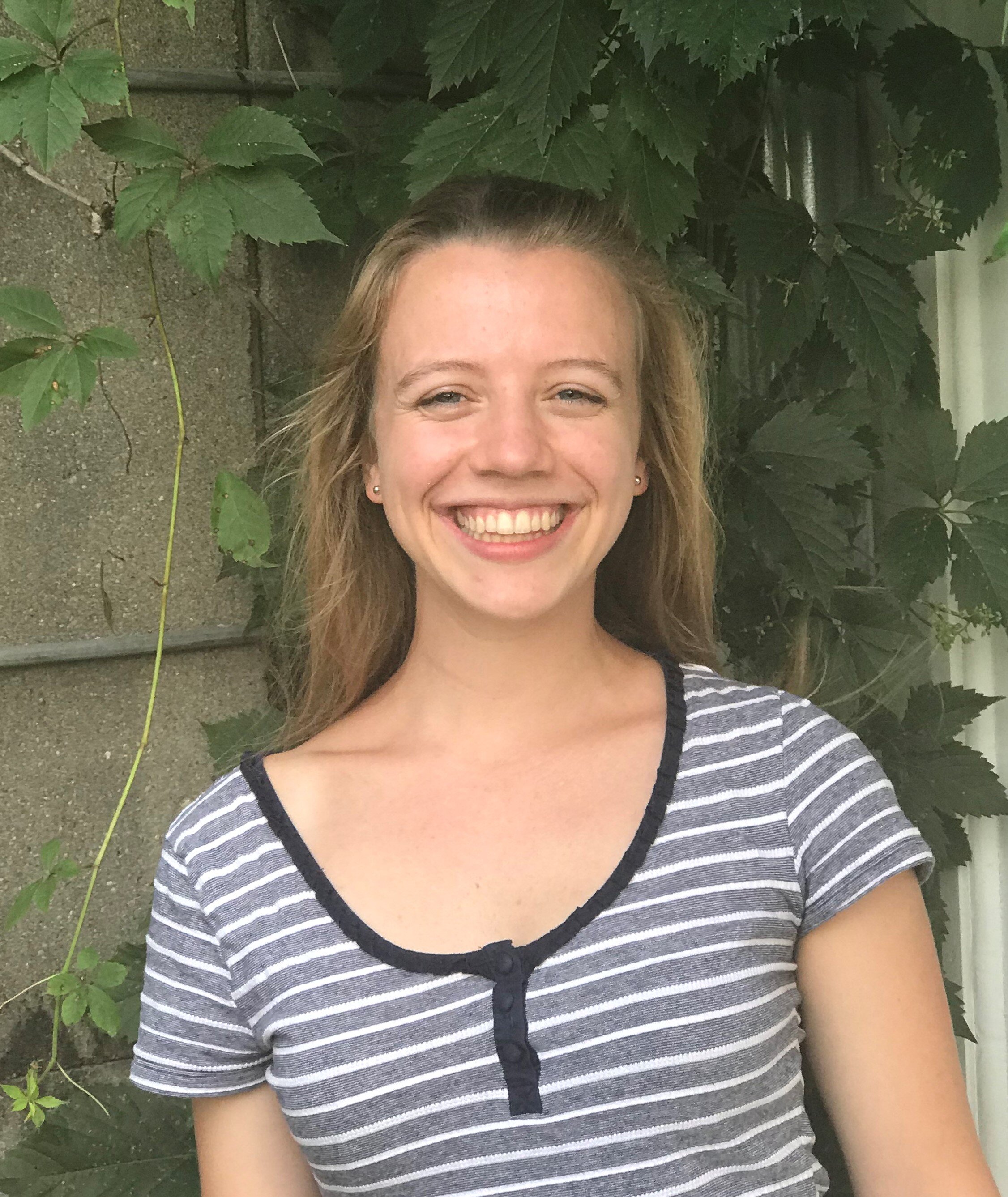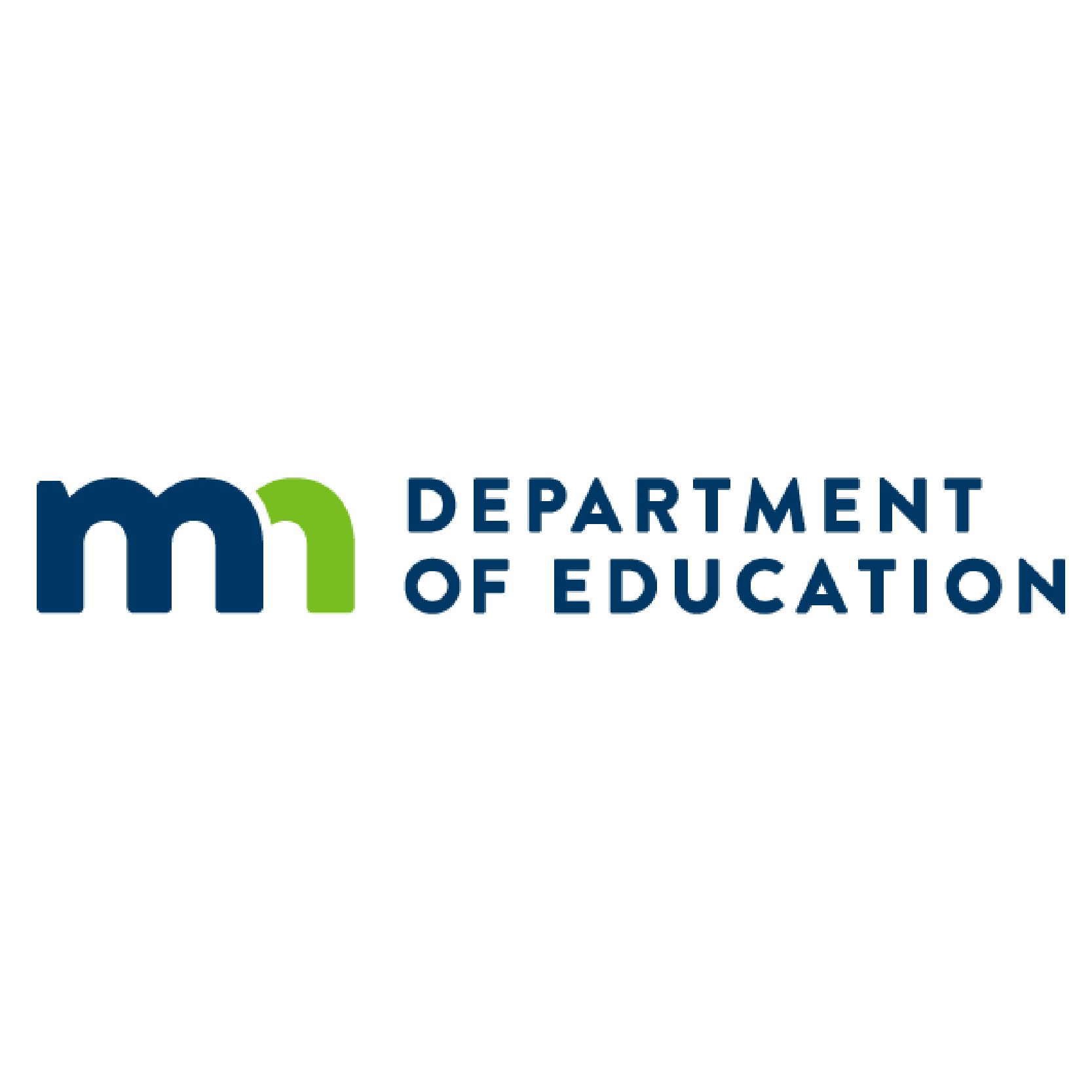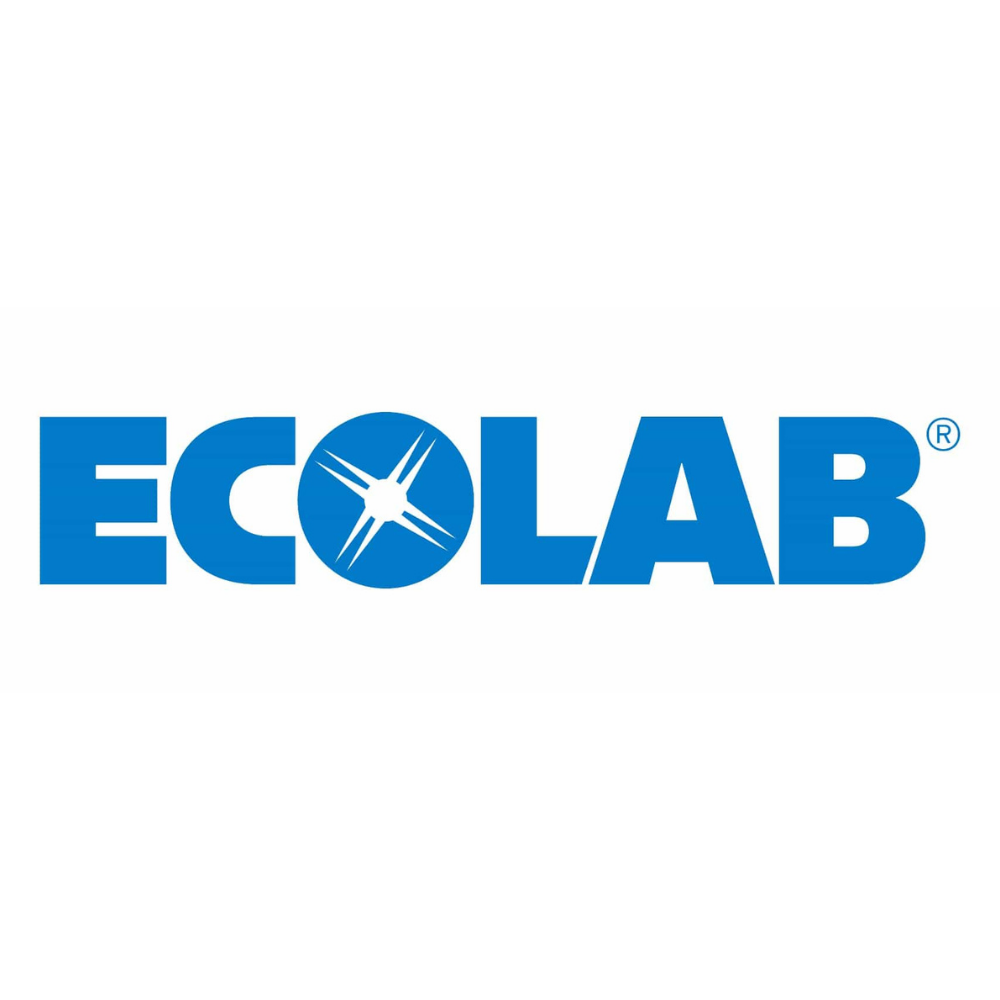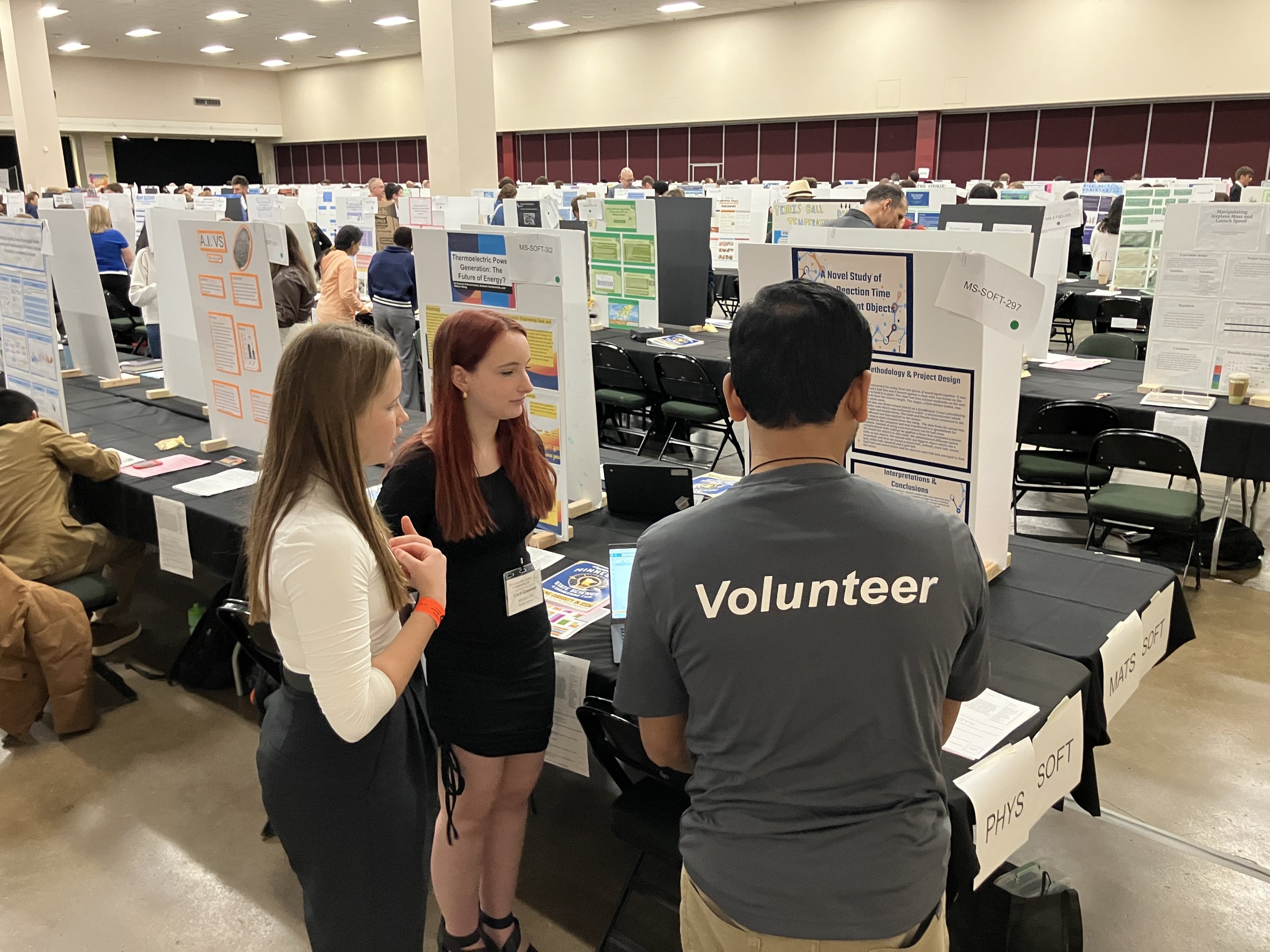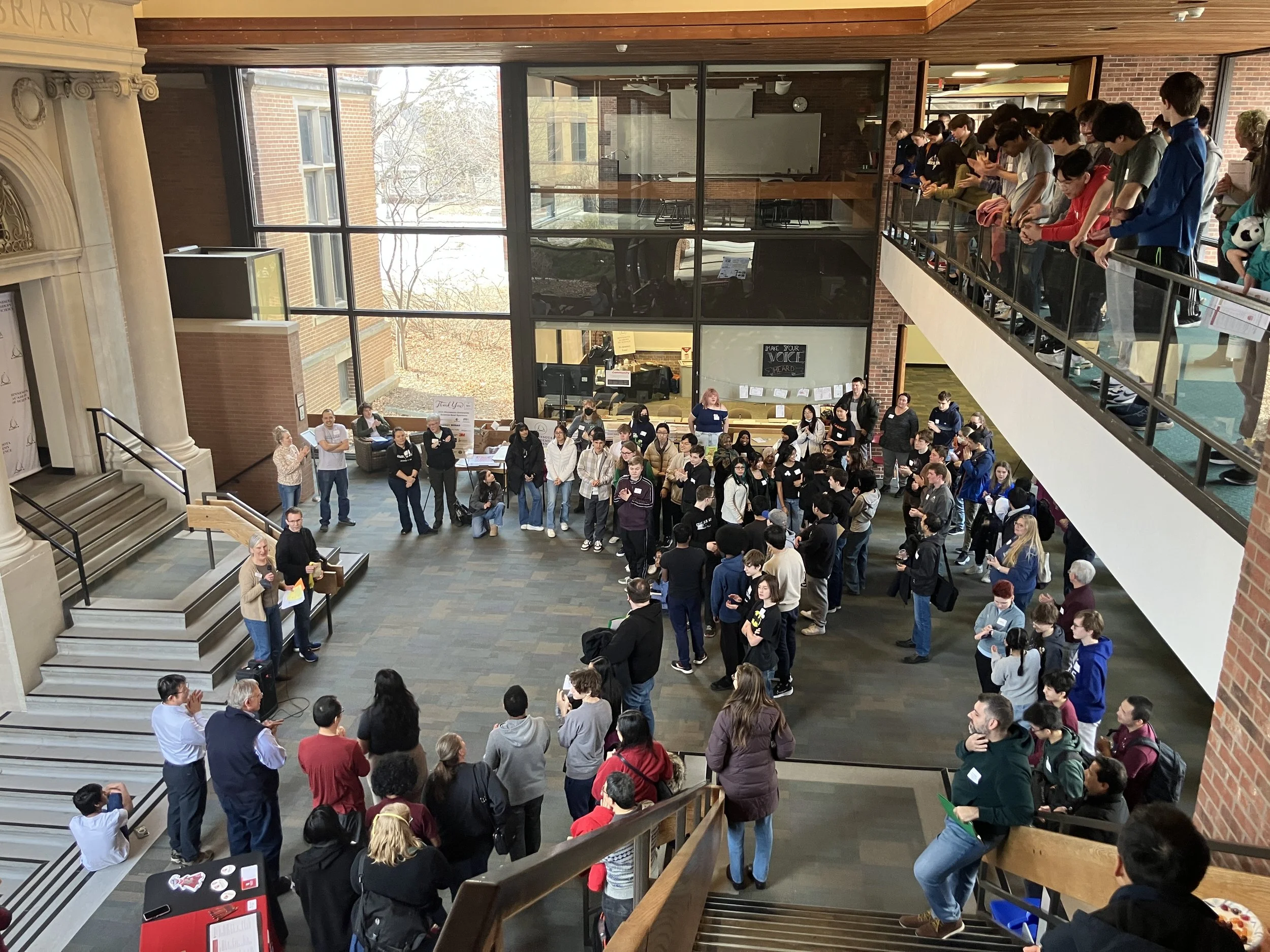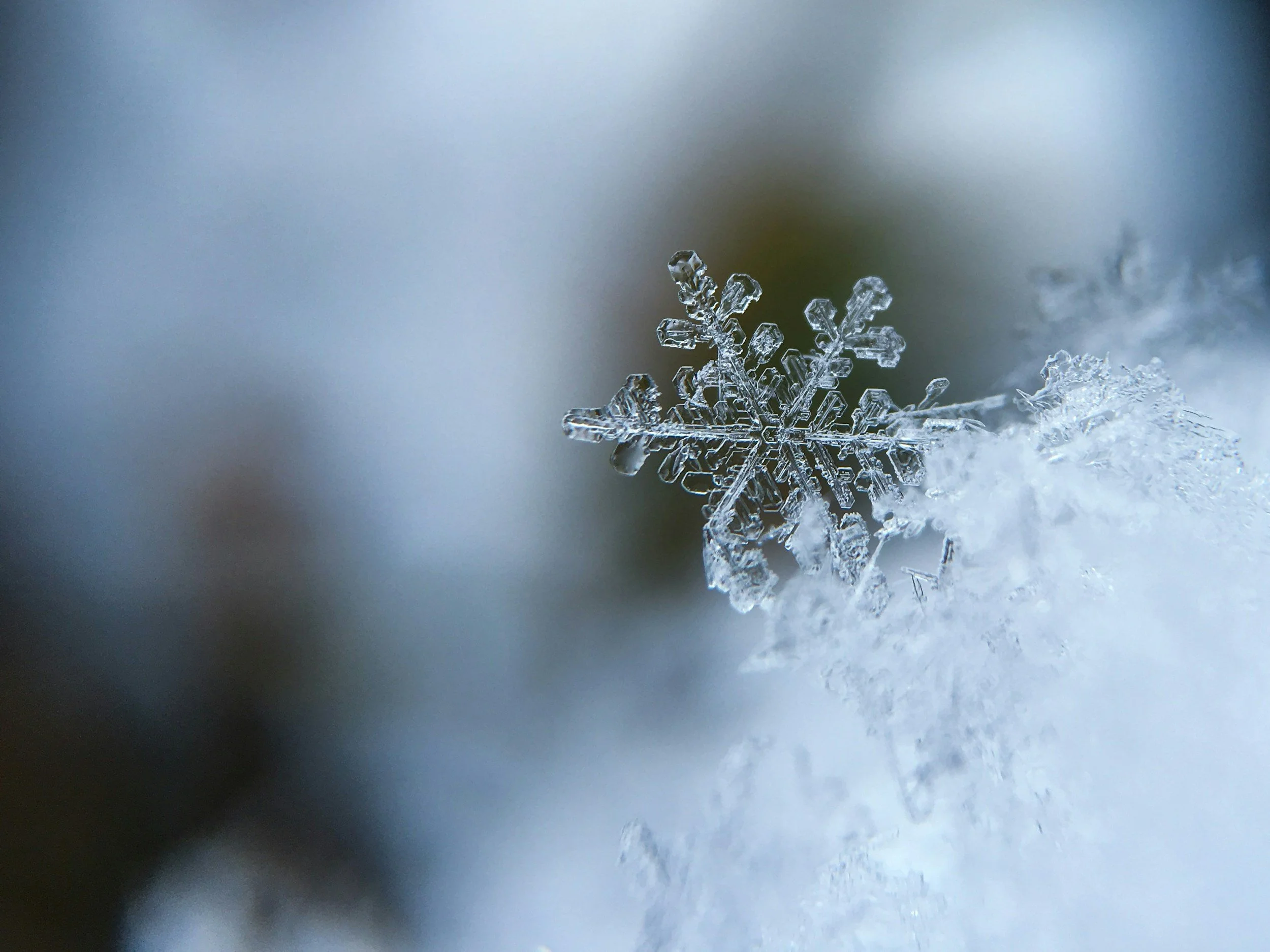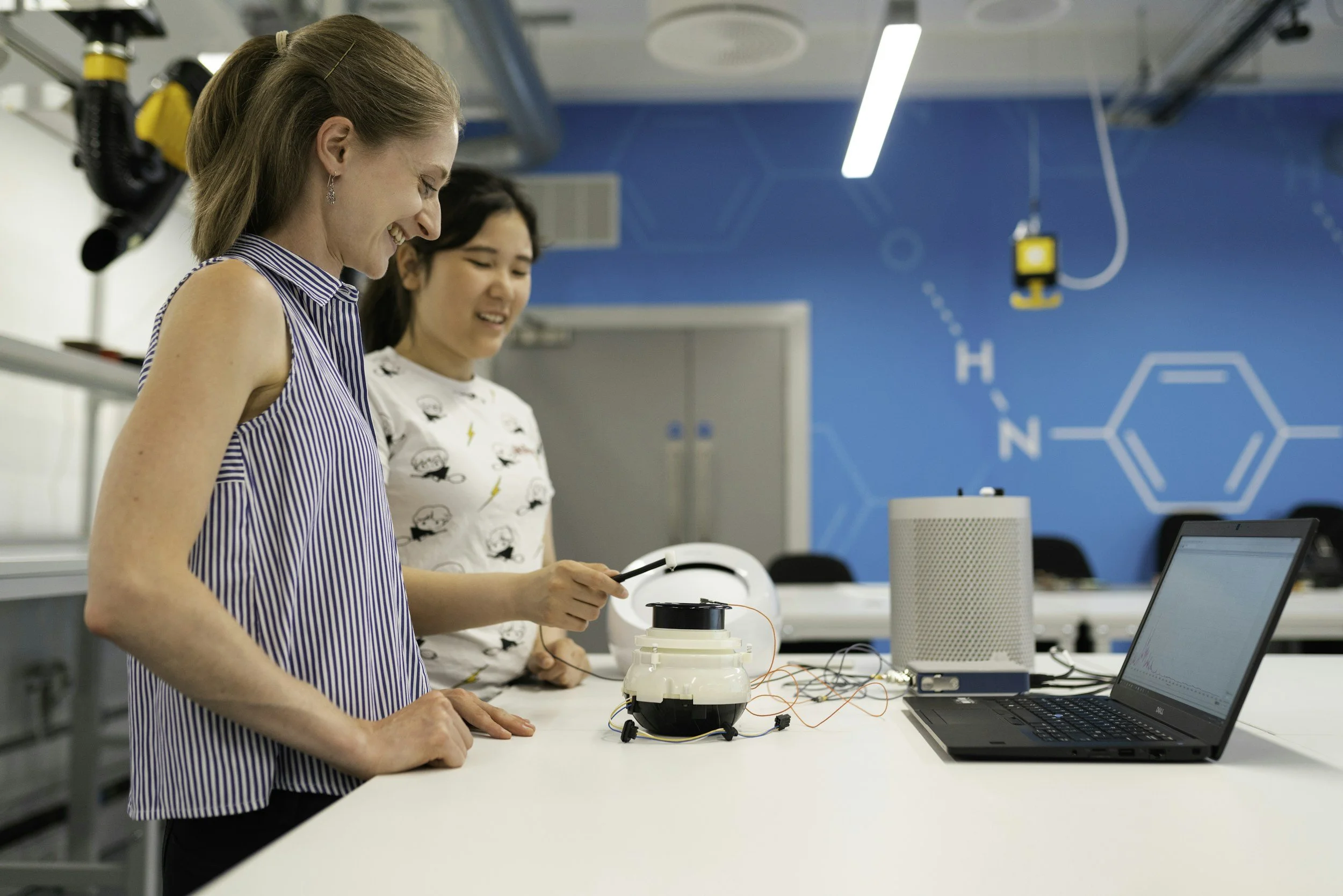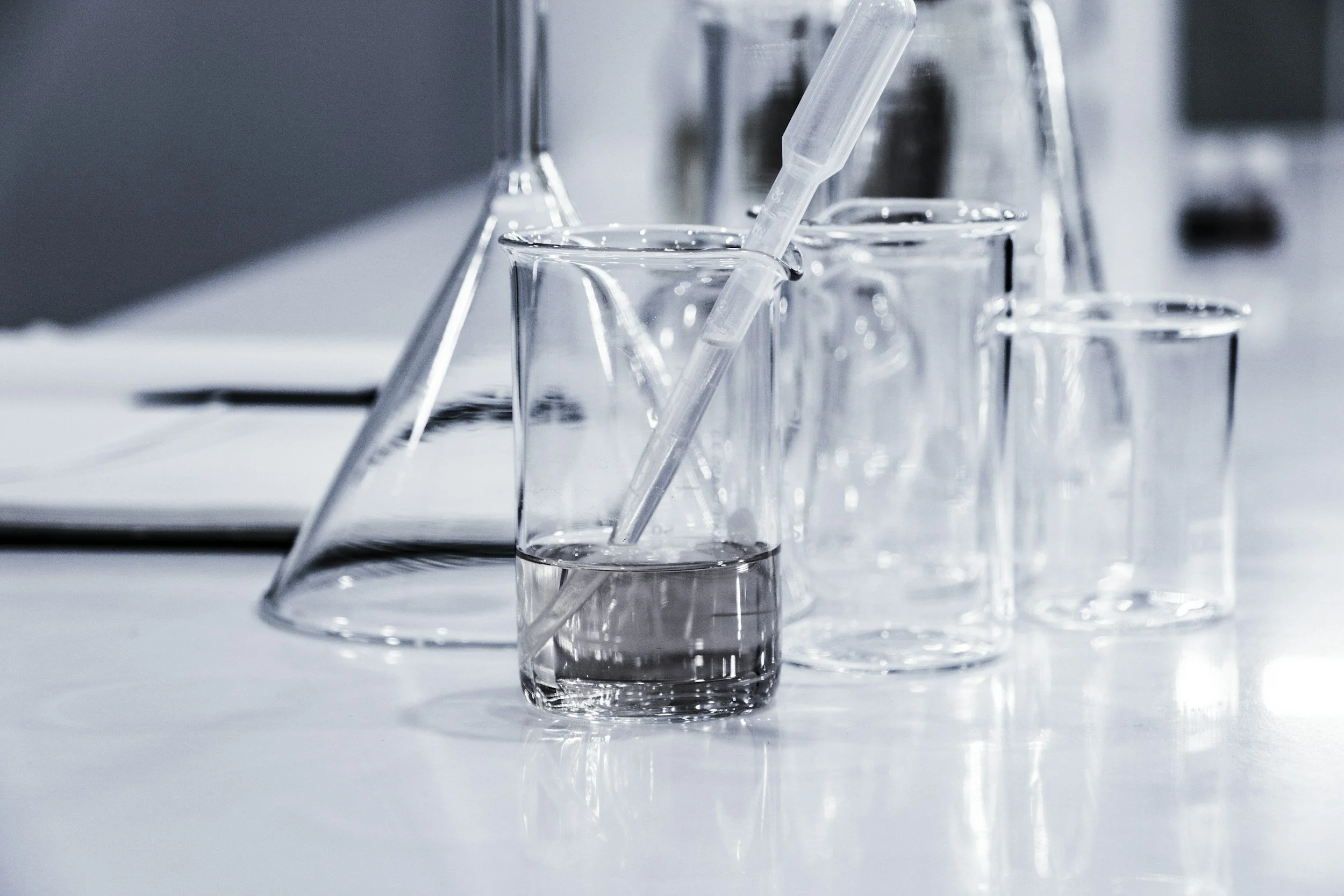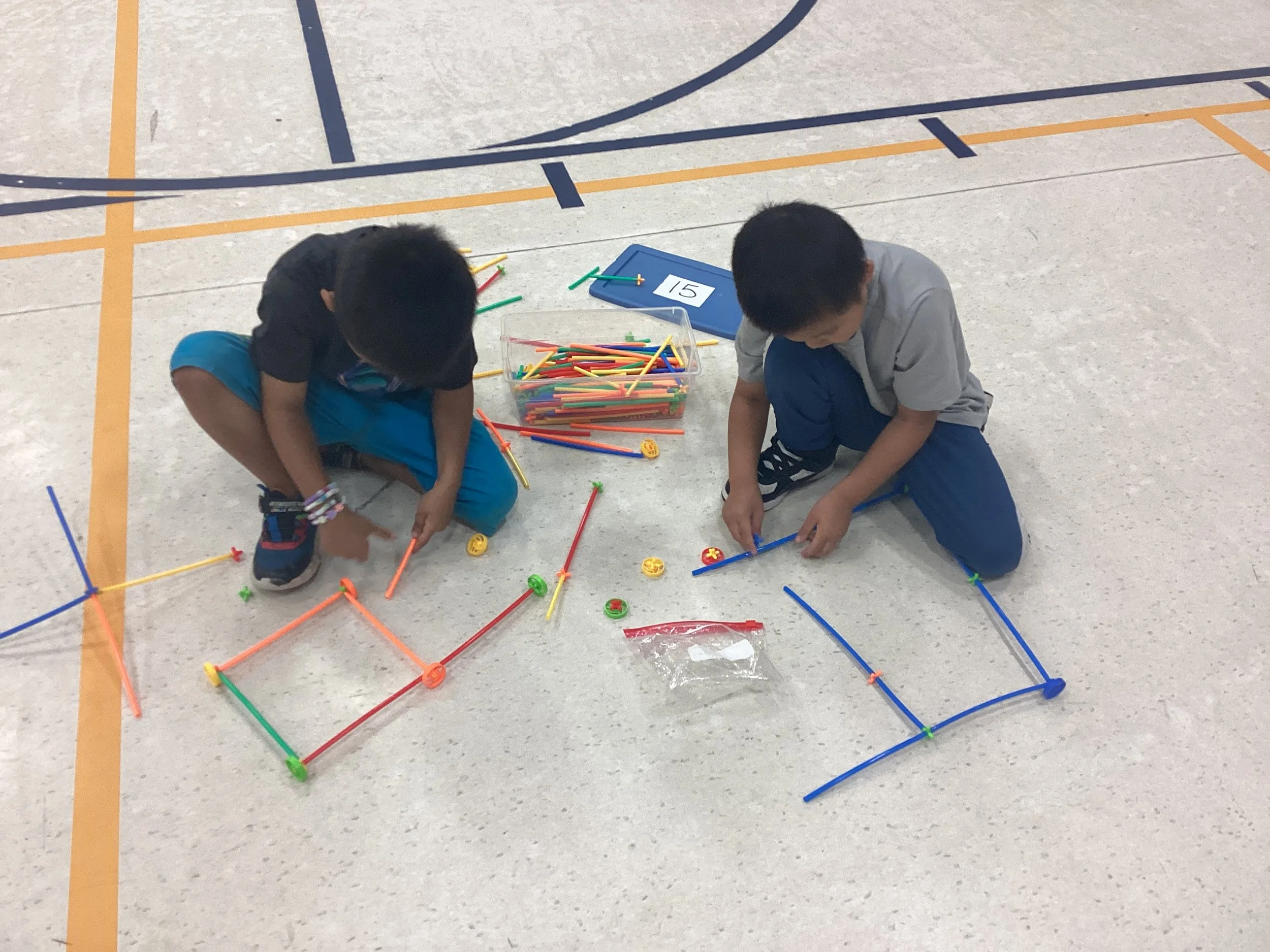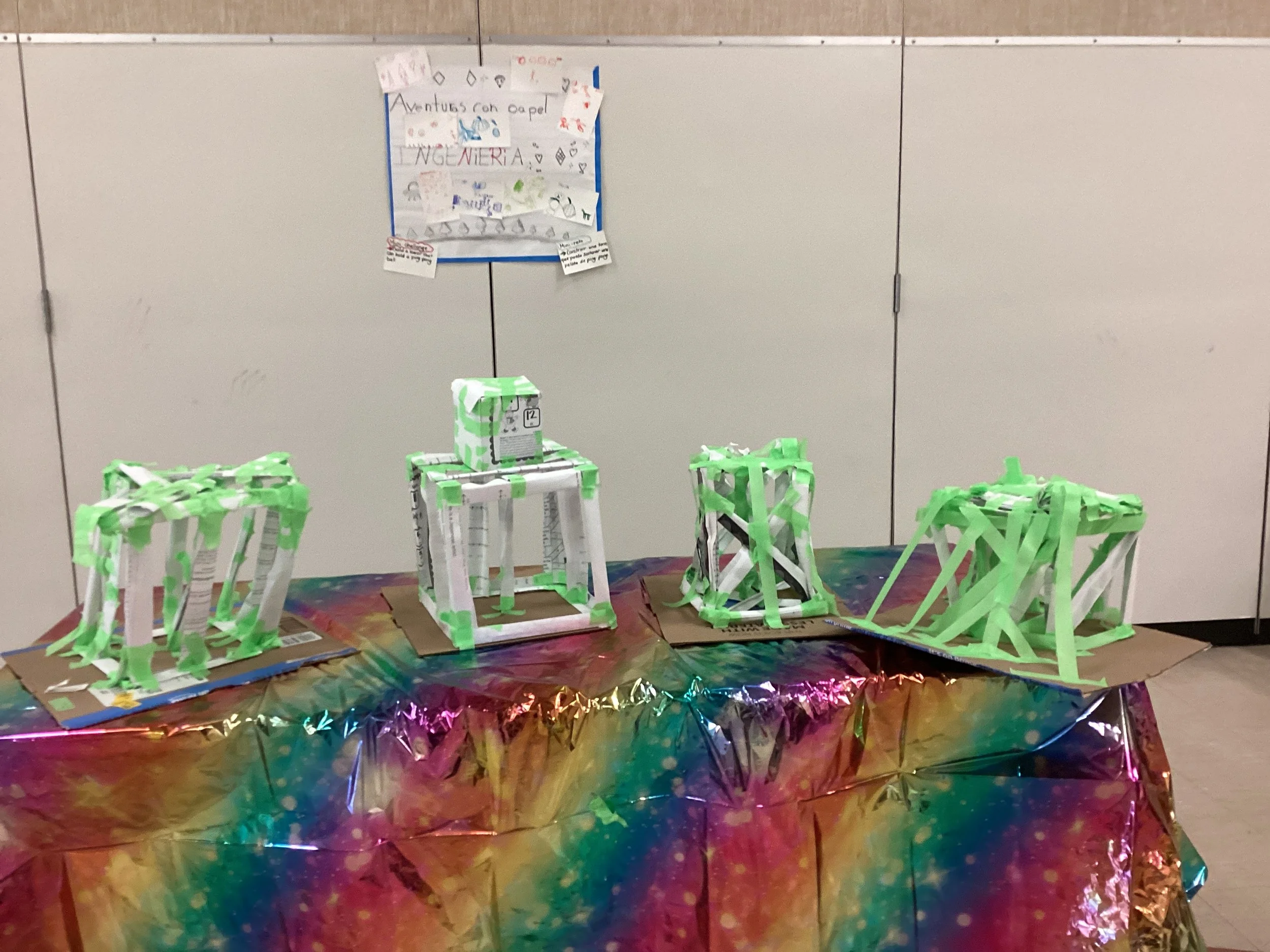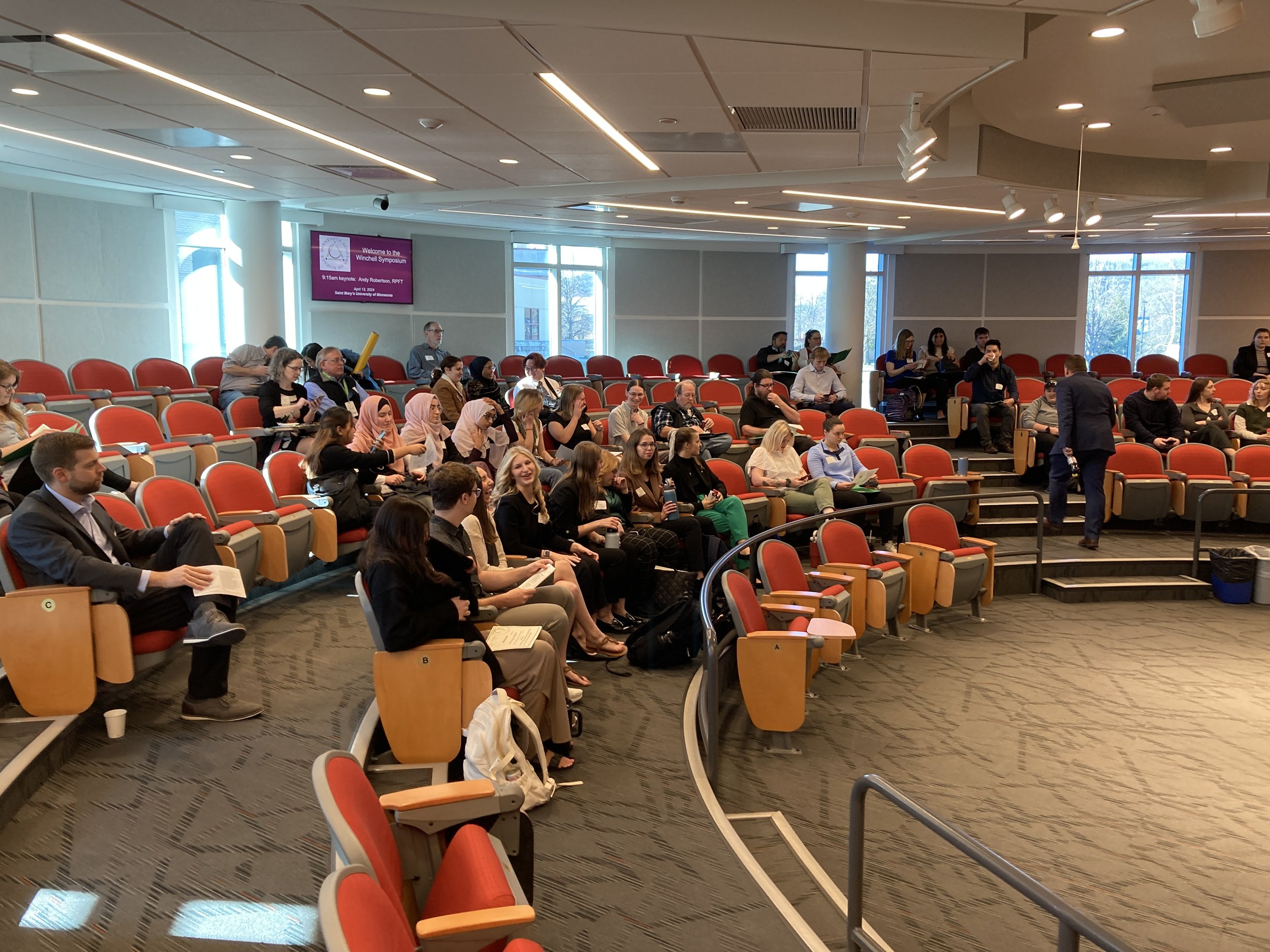MAS Alum Carolyn Jons: “Science Fair certainly ignited my passion for discovery”
Now a senior at MIT, Carolyn was a frequent participant in MAS programs during high school.
Seven-time Minnesota State Science and Engineering Fair participant Carolyn Jons soaked up every bit of her many experiences with MAS programs. Carolyn racked up an impressive string of awards for her Science Fair projects, including receiving the First Award in Chemistry at the 2014 International Science and Engineering Fair (ISEF) for her project Improved Efficiency of Steam Generation Using Carbon Nanoparticles. She also won awards in the 2014 and 2015 National Junior Science and Humanities Symposiums (JSHS), and was a founder of the Eden Prairie Science Bowl team.
Carolyn is currently finishing her final year as an undergraduate at the Massachusetts Institute of Technology (MIT). She decided to major in Materials Science and Engineering, where she enjoys the “opportunity to transform knowledge of fundamental properties into new materials suitable for practical applications.” Next year, Carolyn will be continuing her education at a Materials Science PhD program. During some of her free time between fall semester finals, Carolyn filled us in on her educational journey (so far), and how it was enriched by participation in MAS programs.
MAS: How did your experiences in Science Fair, JSHS and Science Bowl help prepare you for coursework and research at MIT?
“I learned to think creatively about real world problems, invent practical solutions, be persistent in times of adversity, and communicate effectively to a variety of audiences.”
Carolyn: Science Fair certainly ignited my passion for discovery. During the seven years that I participated, I experienced that scientific pursuit could be great fun. Each year I approached a new subject area, and through this process, I learned to think creatively about real world problems, invent practical solutions, be persistent in times of adversity, and communicate effectively to a variety of audiences. These are all skills I continue to use in my undergraduate research and internships today. Science Fair was also one of my first opportunities to carrying out a longer-term research project, and this type of project is more indicative of those found in college and beyond.
MAS: Did you connect with any fellow students or mentors interested in STEM through Science Fair, JSHS or Science Bowl?
Carolyn: During my early participation in Science Fair, key individuals were especially influential through their personal encouragement. By selecting a different project each year, I also sought out different scientists for discussions. I recognize now how connecting with these mentors at an early age was integral to my development as a scientist. Today, I am super grateful for their guidance and inspiration.
“I recognize now how connecting with these mentors at an early age was integral to my development as a scientist.”
I have been fortunate to stay in touch with several of these early mentors. This past summer when I was interning at 3M, I was able to work on a side project with one of my main science fair mentors, Dr. Caroline Ylitalo. I was also able to reconnect with another Science Fair mentor, Dr. Maria Appeaning. Both of these women have always been very inspirational to me, so it was wonderful to reconnect with them and hear their advice – especially as I was beginning to formulate my post-graduation plans.
I also made many great friends through Science Fair and Science Bowl. The people on my Science Bowl team remain some of my best friends from high school, and we get together almost every break to catch up. I am still in touch with many of the friends I made through ISEF and JSHS too. A lot of my friends at MIT either participated in ISEF and JSHS in the past or are also friends with people I met through those competitions.
MAS: Can you describe the research projects you contributed to at MIT?
Carolyn: One of the best things about attending MIT for my Materials Science and Engineering bachelor’s degree has been the opportunity to participate in undergraduate research every semester. During freshman and sophomore years, I worked with Professor Antoine Allanore to examine a more environmentally favorable method of recovering valuable metals by decomposing sulfide ores using electrolysis. In this research, I designed and ran electrochemical experiments and helped to identify a candidate electrolyte for copper recovery that allowed for the recovery of copper samples of 99.9% purity.
Starting my junior year, I began working with Professor John Hart on a NASA funded project to create carbon nanotube (CNT) composite systems with strength-to-weight ratios greater than traditional carbon fiber systems. CNTs are an ideal reinforcement material because they are lightweight and exhibit extremely high Young's Modulus and tensile strength. However, when CNTs are assembled in bundles to form ribbons, the CNT-CNT interactions are governed by weak Van Der Waals interactions. We have been able to improve the mechanical properties of CNT ribbons by filling the pores of the composite with polymer through in-situ interfacial polymerization of polyamides. Such an approach not only allows us to run fundamental studies on polymer-CNT interactions by tuning the chemistry of polymerization, but it is also highly scalable and suitable for integration in a roll-to-roll system. I was particularly involved in studying the polymerization of aramids and understanding the influence of monomer types, concentration and solvent choice on the polymer properties.
This year in the Hart lab, I have been contributing to the development of a new low temperature 3D printing technique utilizing microfluidics and interfacial polymerization. This technique has the potential to print high melting point thermoplastics that cannot be printed by conventional methods.
I’ve also had the opportunity to intern at two materials science companies – both actually in Minnesota. The summer after my sophomore year, I interned at Donaldson Company where I researched a new slippery surface media coating. Last summer I interned at 3M where I worked on developing new interlayer materials for automotive glass.
Interestingly, Carolyn’s experience making peer connections through MAS programs echo what we hear from many of our participants. Our programs frequently provide a space for students interested in STEM to learn from each other. In fact, 89% of our 2019 Science Fair participants and 95% of our 2019 JSHS participants reported that the programs increased their interpersonal skills. In Science Bowl, 72% of our 2019 participants told they had made a new friend through the program.
Many thanks to Carolyn for sharing her experiences with MAS programs, especially in the midst of finals week!

